In Cherry Hill, New Jersey, a family-owned bagel shop is doing more than just baking. It's making a difference. K & A Bagel Cafe, a local favorite that's been serving up fresh bagels and more for over a decade, is now offering free bagels to anyone affected by the government shutdown.
Owner Andrew Cunningham didn't hesitate when he saw the need rising in his community.
"Anyone that needs them, we're giving them out no questions asked at the end of the day," Cunningham said. "They don't have to show us or prove anything to us. They can just come, grab their bagels, and go."
It all started with this post on social media revealing an offer of free bagels at the end of the day for those impacted by the government shutdown.
"We wrote it the other day when we saw that the benefits were about to deplete for SNAP," he said. "We're like, all right, I think it's time."
The shop typically has leftover bagels at the end of each day. Now, those extras are being packed into mixed dozen bags and offered for free to anyone in need. No questions. No judgment.
"They can come and get some food at least, stock them up for the week," Cunningham said. "Bagels freeze really well. They're a really good thing to just keep you going for a little while."
The free bagels are available every afternoon after 12:45 p.m., except on Tuesdays. That's when K & A Bagel Cafe donates to the Jewish Family & Children's Service of Southern New Jersey's Betsy and Peter Fischer Food Pantry, also located in Cherry Hill.
"K & A has been donating to our pantry every Tuesday for years now," Meri Seligman, director for JFCS, said. "Our clients love the bagels."
The pantry serves Camden, Gloucester and Burlington counties, and demand has surged in recent days.
"Specifically, in the last week, we've seen an incredible uptick with the impending SNAP cuts. And of course, the government shutdown," Seligman said. "People are really scared. And it's frightening not being able to put food on the table."
They hope other businesses will follow suit and support their communities however they can.
"Why wouldn't we?" Cunningham said. "It's just, we have the food here. Why not give it to the people that really need it when they can have it?"
K & A Bagel Cafe plans to continue offering free bagels until the shutdown ends. They are also setting up a donation center at the shop for anyone who wants to contribute goods to the food pantry.
In:

 856-432-6030
856-432-6030




 Service Areas
Service Areas























